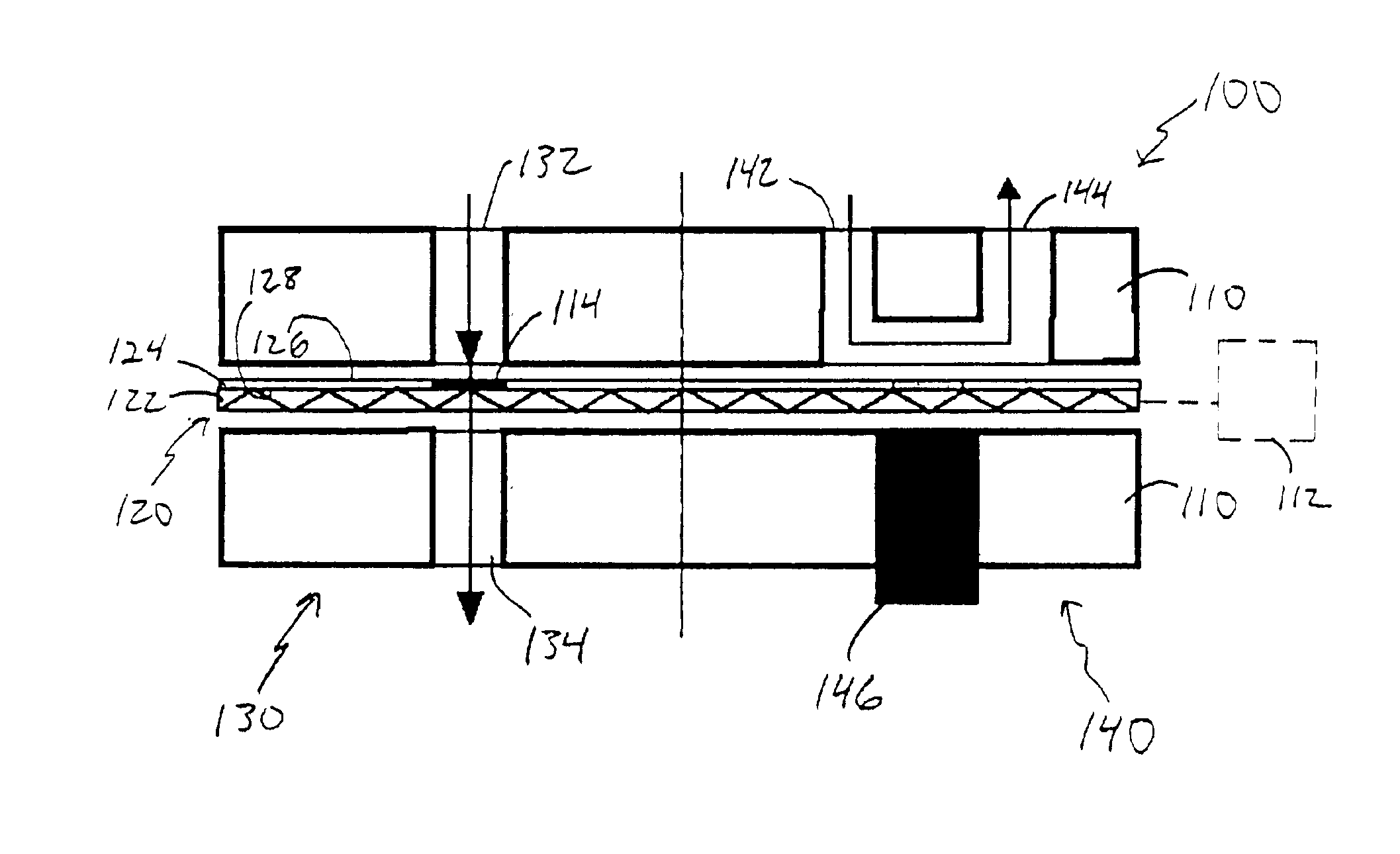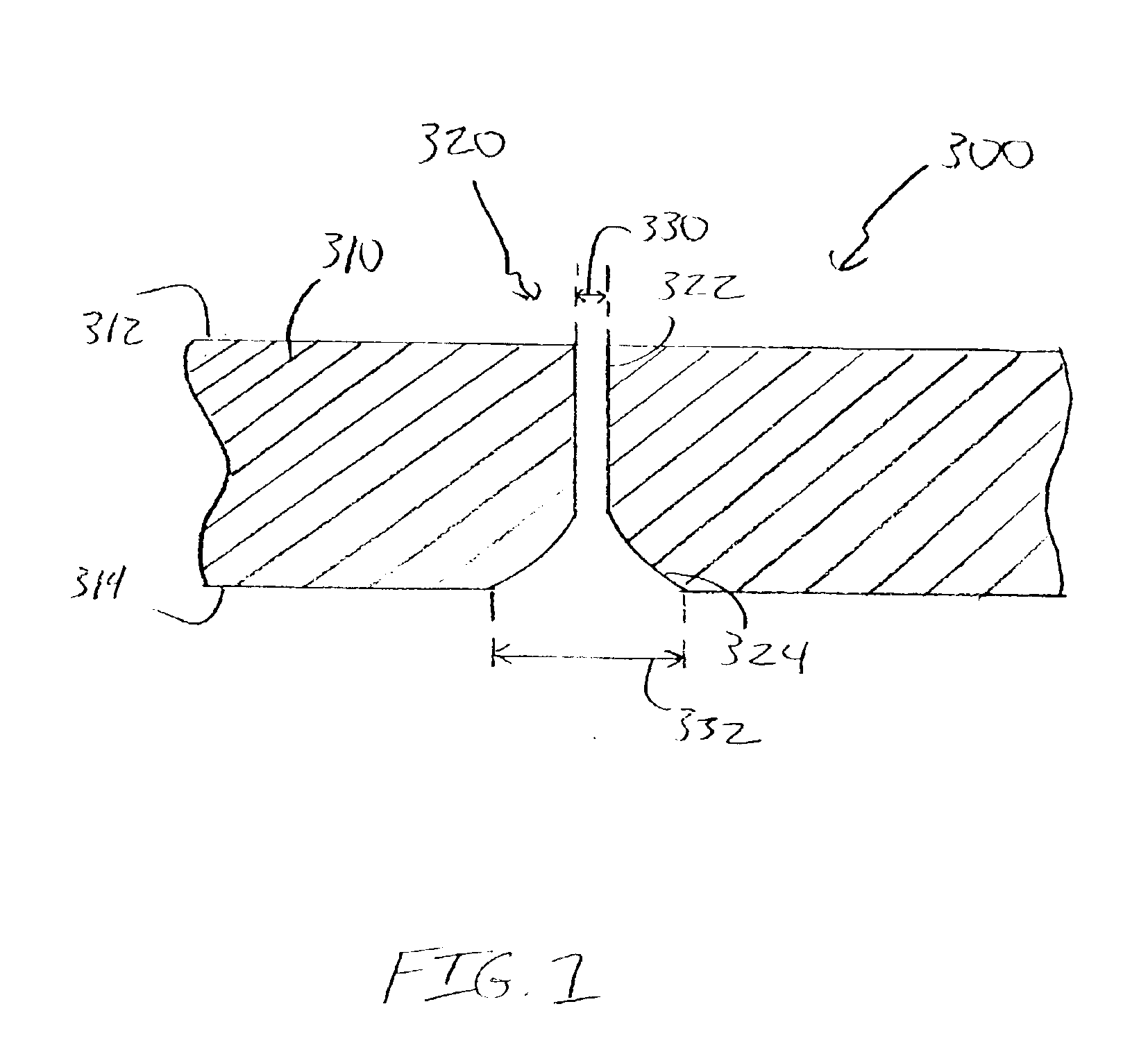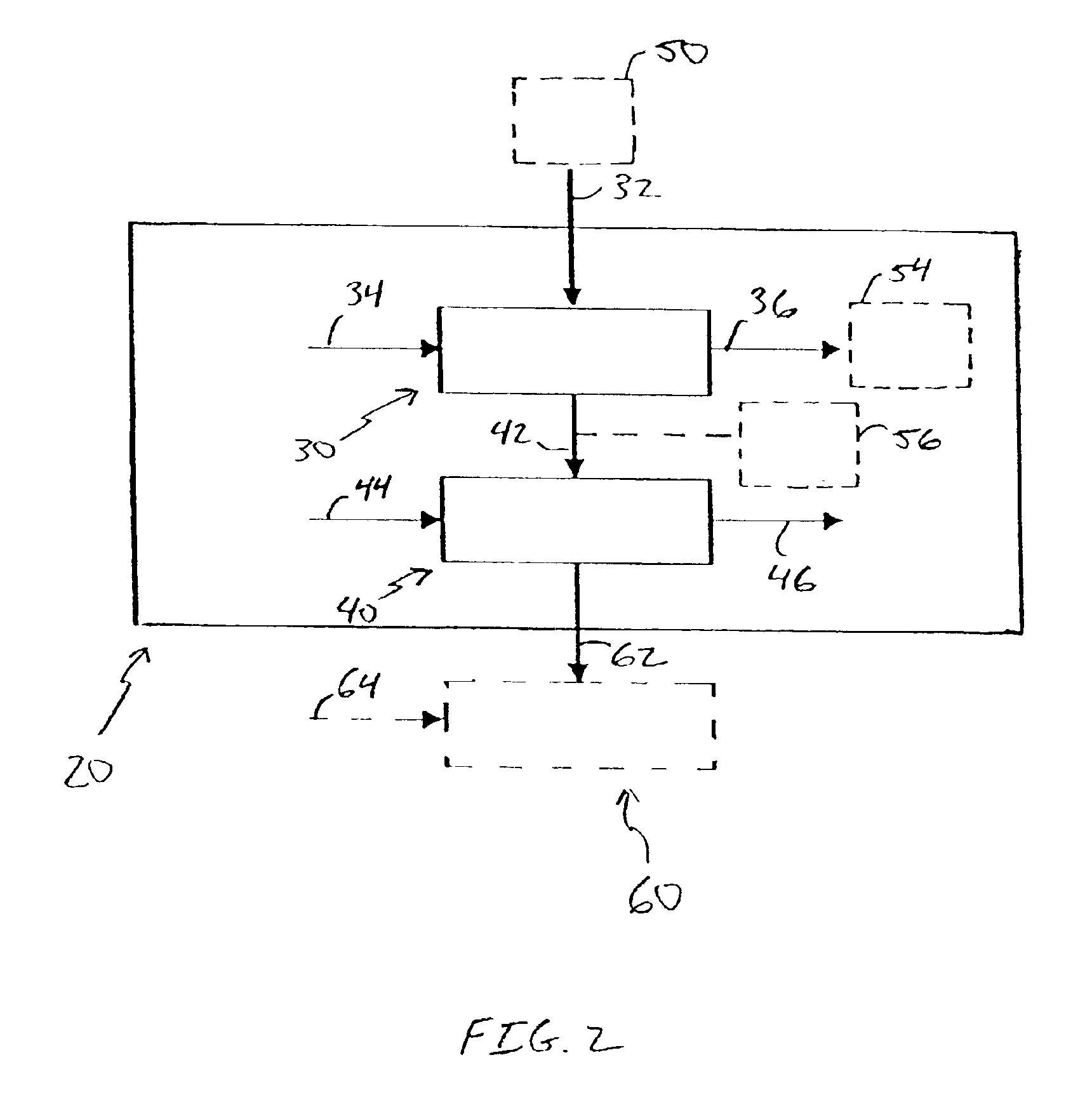Mesoporous membrane collector and separator for airborne pathogen detection
a technology of airborne pathogens and membrane collectors, which is applied in the direction of filter regeneration, water/sewage treatment, osmosis/dialysis, etc., can solve the problems of insufficient detection of many pathogens, prohibitively expensive continuous implementation of techniques, and insufficient sensitive techniques to detect many pathogens. , to achieve the effect of enhancing the function of the collector, enhancing the function, and rapid detection of pathogens
- Summary
- Abstract
- Description
- Claims
- Application Information
AI Technical Summary
Benefits of technology
Problems solved by technology
Method used
Image
Examples
examples
[0095]The present invention is illustrated by the following examples. It is to be understood that the particular examples, materials, amounts, and procedures are to be interpreted broadly in accordance with the scope and spirit of the invention as set forth herein.
example i
Physical Characterization of Alumina Membrane
[0096]Anodisc(® membranes from Fisher Scientific were evaluated, 13 mm diameter. The different sides (surfaces) of the membrane were called the active and the support sides, where the active side had smaller pore diameter sizes. The pore sizes and densities of 20 nm, 100 nm, and 200 nm nominal pore size membranes were determined using scanning electron microscope (SEM). SEM images provided detailed information about pore structure, such as pore size distribution, pore density, membrane structure, and membrane thickness.
[0097]FIGS. 5a and 5b show the active and support side of a 20 nm nominal pore size membrane structure, respectively. The mean pore diameter on the active and support side of the mesoporous membrane was 23.1 nm and 189.0 nm, respectively. FIG. 5c is a cross sectional image of the membrane at the active surface. Clearly, the significant change in pore size and density between the active and supporting layers takes place in a...
example ii
Synthesis of Hydrophilic Poly(Ethylene Glycol) (PEG)-Functionalized Mesoporous Alumina Membrane
[0099]An inherent limitation in the application of membranes in all biological applications is the propensity of proteins to nonspecifically adsorb and foul the surface, which limits the application of almost all membrane technologies to a single use. Two chemical approaches were developed to form poly(ethylene glycol) (PEG) films on the membrane surface. Through these chemistries, specific proteins can be attached, and others can be prevent from adsorbing to the membrane.
[0100]In this example, we describe the development and characterization of hydrophilic films on the alumina microporous membranes for collection and separation applications. Two chemical approaches for formation of PEG films on the membrane surface were investigated. The first method was based on a chemistry using a high molecular weight poly(ethyleneimine) (PEI), physically adsorbed on the membrane surface to provide fun...
PUM
| Property | Measurement | Unit |
|---|---|---|
| Diameter | aaaaa | aaaaa |
| Volume | aaaaa | aaaaa |
| Volume | aaaaa | aaaaa |
Abstract
Description
Claims
Application Information
 Login to View More
Login to View More - R&D
- Intellectual Property
- Life Sciences
- Materials
- Tech Scout
- Unparalleled Data Quality
- Higher Quality Content
- 60% Fewer Hallucinations
Browse by: Latest US Patents, China's latest patents, Technical Efficacy Thesaurus, Application Domain, Technology Topic, Popular Technical Reports.
© 2025 PatSnap. All rights reserved.Legal|Privacy policy|Modern Slavery Act Transparency Statement|Sitemap|About US| Contact US: help@patsnap.com



